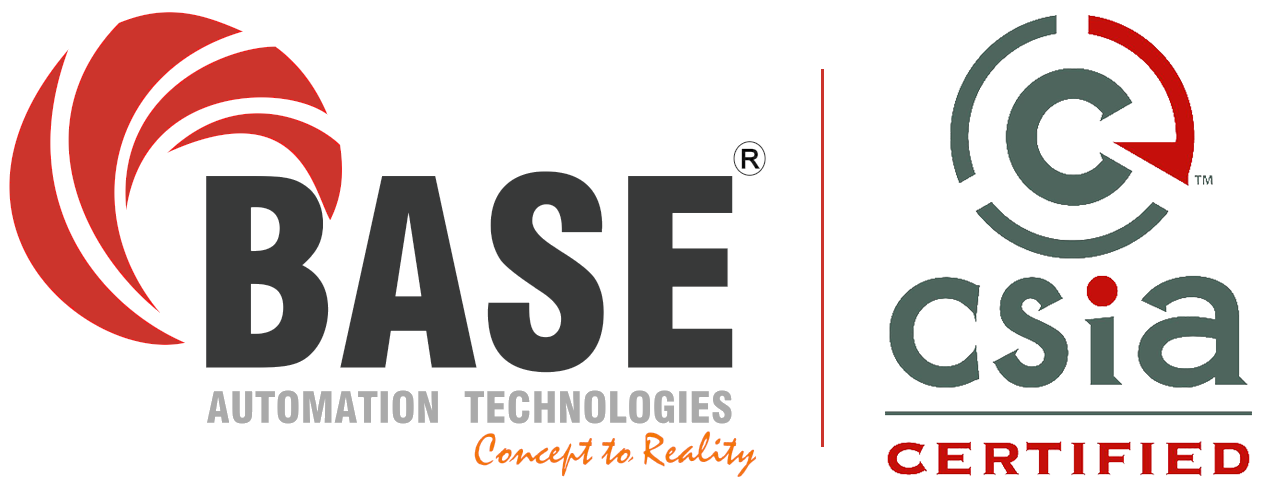Introduction
Challenges Faced
In the competitive landscape of Seals manufacturing, optimizing operational efficiency is paramount for success. A leading Seals optic manufacturer in USA faced numerous challenges in their manufacturing processes, including data silos, manual measurement methods, high setup times, and inefficient coordination.
To address these issues, they embarked on a digital transformation journey leveraging Industrial Internet of Things (IIoT) technologies.
Machine Tagging and Data Collection: Ensuring accurate data collection from machines, either through tags or manual entry, can be challenging, especially if machines have different data formats or communication protocols.
Scalability: As production scales or changes over time, the LPMS system should be able to accommodate increased data volume and complexity without sacrificing performance or usability.
Reporting and Analysis: Generating meaningful insights from LPMS data requires effective reporting and analysis tools. Ensuring that dashboards and reports provide actionable information and are accessible to relevant stakeholders can be a challenge.

Solutions Implemented
The company opted for Ignition as the IIoT platform to integrate over 18 machines from different OEMs. Unified
Namespace (UNS) was built to streamline data accessibility.
OEE Tracking: The LPMS system tracks Overall Equipment Effectiveness (OEE) metrics by capturing machine cycle time counts, downtime reasons, and comparing standard vs. actual cycle times. Real-time OEE metrics re displayed on user dashboards, providing insights into equipment performance and efficiency.
Production Order Tracking: Operators can initiate production orders by scanning QR codes, view production order details, and track the progress of each order. This feature enhances visibility and control over production processes, facilitating efficient order management and tracking.
Maintenance Management: The LPMS system provides comprehensive maintenance ticket management, tracking MTTR and MTBF, and notifications for maintenance tasks and events. This enables proactive maintenance management, minimizing downtime and maximizing equipment reliability.
Scrap Tracking: Scrap data is captured and recorded within the LPMS system, allowing
users to categorize scrap reasons and analyse trends for continuous
improvement. This functionality helps identify areas for reducing waste and
improving product quality.
Preventive Maintenance Scheduling: The system offers an interface for scheduling planned maintenance activities, which contributes to calculating machine states and OEE. By scheduling preventive maintenance, organizations can reduce unexpected breakdowns and optimize equipment performance.
Production Planning: Users can create work orders against available production orders, facilitating allocation to specific machines. This function streamlines production planning and ensures efficient utilization of resources.
Dashboards & Reports: LPMS provides users with dashboards and reports in Ignition and Power BI platforms, offering visual insights into production performance, efficiency, and quality metrics. These tools enable data-driven decision-making and continuous improvement initiatives.
Results Acheived
Over the subsequent 6 months post-implementation, the company observed significant improvements:
- OEE Improvement: OEE surged by 28%, indicating enhanced operational efficiency and machine utilization.
- Production Consistency: Elimination of material starvation led to consistent factory output, facilitating better production planning.
- Enhanced Coordination: Digitization of processes improved coordination among subsystems, reducing setup times and enhancing agility.
- Efficient Maintenance: Quicker and more accurate measurement of Mean Time To Repair (MTTR) and Mean Time Between Failures (MTBF) facilitated proactive maintenance planning.
ROI Calculation
At the 6-month mark, data for Return on Investment (ROI) calculation was collected. The company realized a total ROI of $400k USD from increased production capacity, improved OEE, and reduced waste, against a $100k USD investment.
Next Phase
Buoyed by the success of the initial phase, the company is now focusing on the next phase of digital transformation. This involves building the entire LPMS for other locations like Basma and integrating the rest of the machines to the current systems.
Conclusion
Through strategic integration of IIoT technologies and data-driven approaches, the Seal manufacturer successfully addressed key operational challenges, resulting in significant improvements in efficiency, productivity, and quality.This case study underscores the transformative power of IIoT in modern manufacturing environments, driving operational excellence and sustainable growth.
Lorem ipsum dolor sit amet, consectetur adipiscing elit. Ut elit tellus, luctus nec ullamcorper mattis, pulvinar dapibus leo.
